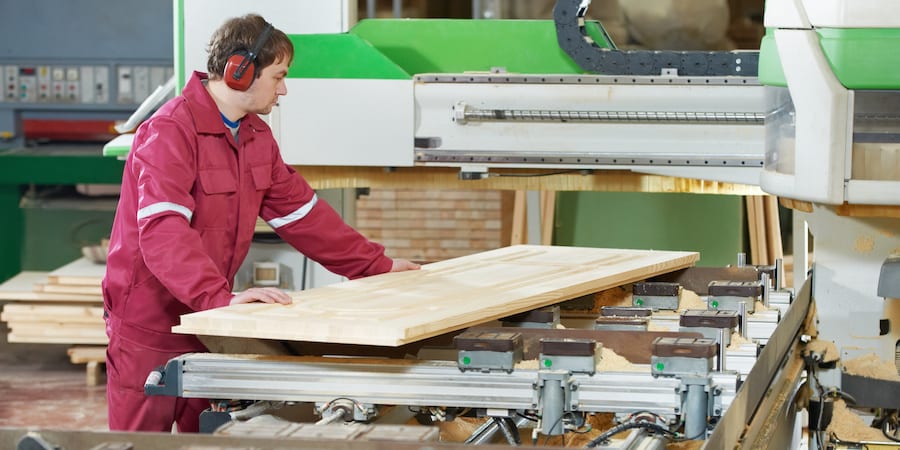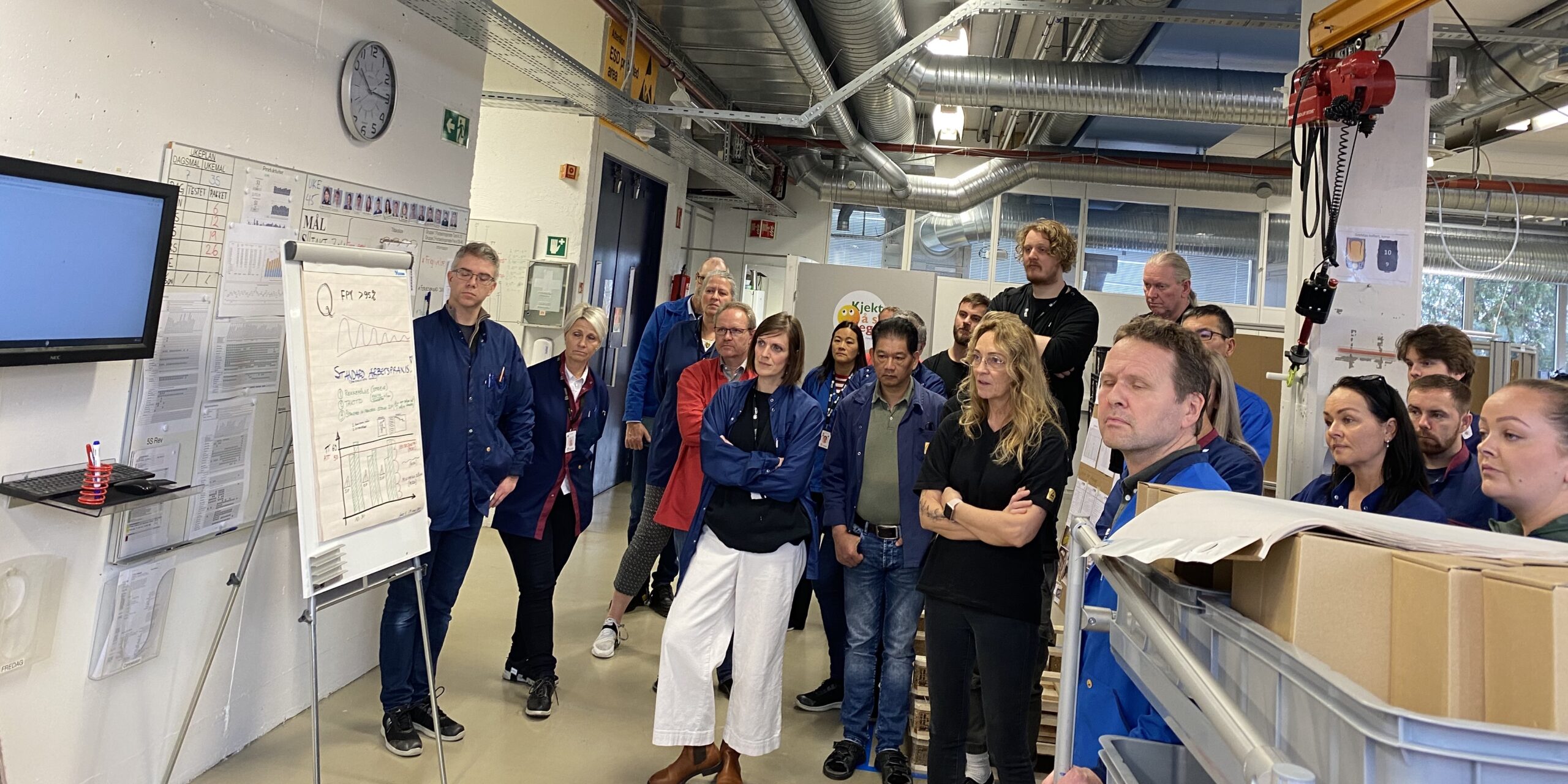
A ten-year lean product development journey at Carel SpA
INTERVIEW – A specialist in control solutions for air-conditioning, refrigeration and heating,Carel Industries first applied lean to R&D a decade ago, when few companies did. We asked them how their journey unfolded.
Interviewees: Alberto Bianchi, Group Chief Product Development Officer, Gabriele Bramezza, Lean Change Agent, and Giulio Dal Lin, Lean Change Agent, Carel Industries SpA – Brugine, Italy
Planet Lean: What problem were you trying to solve when you first applied lean to your product development function?
Alberto Bianchi: Our lead-time to develop new products was very long, and the process was riddled with variability. That’s why our first step was to try and identify the reasons for that variability and, once we found them, standardize the process and put it in a flow. We wanted everyone to understand the system, so that we could start build on it year on year with our continuous improvement efforts.
PL: Was it the R&D department that saw Carel’s first lean experiments?
Giulio Dal Lin: It was. R&D is where we fell in love with the methodology, around 10 years ago, even though our President had already started to look into it back in the 1990s. From product development, lean has then expanded to other areas of the business.
AB: With 180 people employed, our R&D department is a substantial investment for the business. There are high expectations for our product development work.
PL: What was the first step you took towards lean in product development?
GDL: The first action we took was linked to the way we structure the work: from project teams of several people we moved to smaller, focused groups.
AB: In fact, this was a direct result of what we read in Dan Jones and Jim Womack’s book Lean Thinking, which talks a lot about compact teams. Having everyone in one place working towards a common goal, the book suggested, helps to create flow. This made perfect sense to us and, over the years, we built on that sentence in the book and managed to get our people to understand that this alternative system would allow us to reach our organizational goals.
That initial move towards smaller teams didn’t just represent a change in the organization of the work. It also increased the level of knowledge of our people: working with less people means that each person will need to develop her own capabilities in order to act more effectively within the team and help it succeed. Team members have their own core set of skills, of course, but we invest a lot in multi-skilling them. This was a first step for us, but it is actually what enabled us to achieve our results: it gave our people that big-picture view that, at first, we were missing.
PL: How did the journey progress?
AB: We started with three trials. Our visible planning posters were the size of bed sheets for those pilot projects! There were up to 20 people involved in each of them, and that’s really when we learned that too many interactions tend to make that planning phase less effective.
GDL: We introduced PDCA in each of the development stages within the visible planning, because it is an approach that anyone can understand and participate in. We also introduced 5S in our department, not just to better organize the workplace, but also to make information more accessible and easier to find. We did a lot of work with VRP – Variety Reduction Program – to minimize the complexity inherent to our work. More recently, we have been trying to build closer relationships with other parts of the business, because we know that value travels horizontally across silos.
AB: The other big change we brought in was related to our processes. We were used to setting targets based on our wishes for the company, but we soon learned that wishes don’t take you very far. Instead, we introduced a feasibility study at the beginning of all our projects – to avoid spending time and resources on something that wouldn’t work. Over time, we have even started to deploy the principles and techniques proper of set-based concurrent engineering (SBCE). Every year, our lean work in R&D results in around 70 lessons learned: critically, what we discover in projects is shared with everyone in the department, so that if they are facing a similar challenge they have some information to rely upon.
PL: When you started there wasn’t a lot of material on LPPD out there. Was that a difficulty?
AB: It was a bit of a challenge. To get around it, we went “back to basics”. At Carel, we are fans of the lean fundamentals: we focused on identifying problems, defining them, and from there using the scientific method to come up with countermeasures. The fundamentals provide the best guidance in any situation, including how we create innovation. There are still too many people who don’t know the five principles of lean, and that’s disconcerting.
Gabriele Bramezza: Something that sets us apart – which I think is not often seen – is that we are patient. We take our time to create the right culture at Carel, even if that means getting results a little later. This doesn’t only have to do with respecting people and giving them enough time to interiorize lean ideas; it is also the only way to create a common language, a basis for organizational transformation.
PL: What is your approach to innovation?
AB: Initially, we largely focused on stabilizing the process. This doesn't have much to do with innovation in itself, but it is a pre-condition for creating it. More recently, we launched a number of Improvement Groups – tasked not only with streamlining our processes, but also to find better ways to meet our customer needs and improve their lives. These groups are great at technology scouting. Internally, we then match the potential ideas they identify with the needs of our customers – innovation is not innovation if it doesn’t address a customer problem.
GB: At Carel, we ring-fence time not only for improvement work, but also for innovation. Each person is asked to spend a certain amount of time each week on it. It may sound like a radical approach, but it is extremely important to us.
THE INTERVIEWEES



Read more


FEATURE – In this frank account, a senior executive discusses the challenges facing an oil and gas company as it tries to manage the complexity of its upstream and downstream supply chains.


INTERVIEW – Planet Lean speaks with David Mann about the importance of combining the lean production and the lean management systems – the tools and the culture – to create sustainable results.


OPINION – The rise and fall of organizations does not depend on chance or bad luck. It generally stems from a fundamentally flawed strategic approach that fails to define a purpose, alienates workers and ignores customers.


FEATURE – How Lærdal Medical was able to enthusiastically restart its lean journey with help of a good old-fashioned Kaizen Week.

